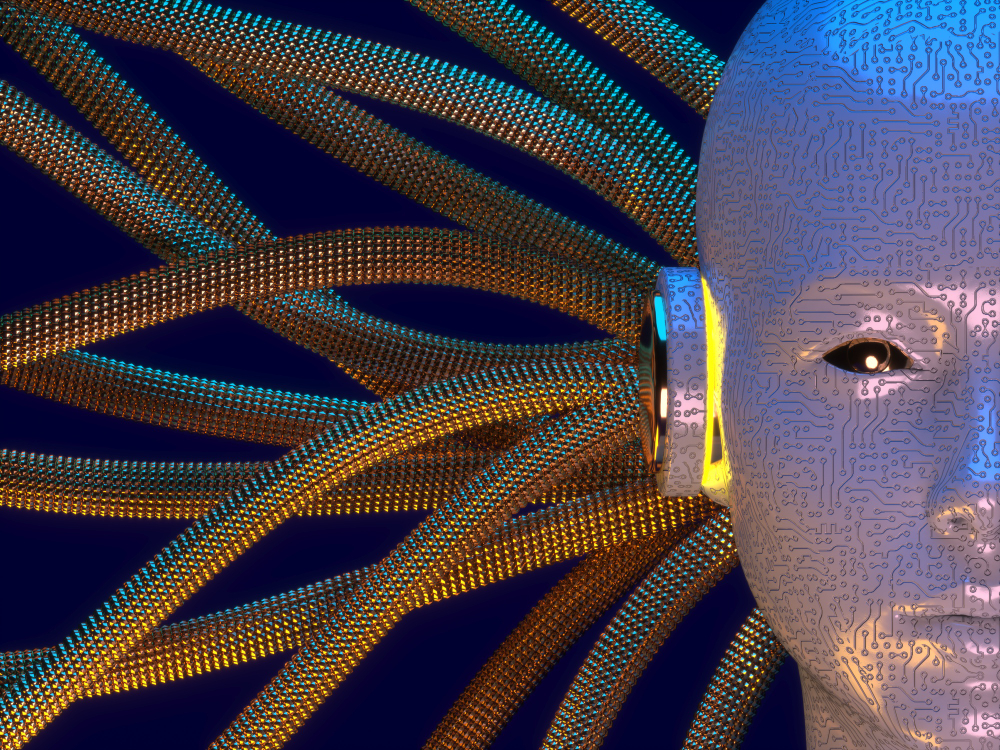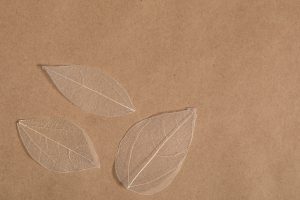
Art and technology have danced a delicate duet throughout history, influencing each other in an ever-evolving partnership. In the modern era, a new player has taken center stage: AI art generators. These digital marvels, driven by sophisticated algorithms, are reshaping the creative landscape with their astonishing ability to produce captivating and thought-provoking artworks. AI art generators prove that machines can harbor artistic souls, from swirling abstracts to mesmerizing portraits. In this journey through the pixels and bytes, we delve into the mesmerizing world of AI-generated art, exploring its genesis, its creative processes, and the profound questions it raises about the nature of human creativity.
The Birth of AI Artistry: A Brushstroke of Code
The inception of AI-generated art dates back to the early 2000s when pioneering artists and computer scientists began experimenting with algorithms that could mimic artistic styles. These fledgling endeavors paved the way for the advent of Generative Adversarial Networks (GANs), a revolutionary concept that drives contemporary AI art generators. GANs function as a creative tango between two neural networks: the generator, which produces images, and the discriminator, which critiques and refines them. This dance of creation and critique results in a symbiotic relationship that births stunning digital compositions.
The Palette of Algorithms: How AI Generates Art
AI art generators operate at the intersection of creativity and computation, wielding algorithms as their brushes and bytes as their canvases. One such algorithmic technique is style transfer, which extracts the essence of one artwork and overlays it onto another, resulting in a harmonious blend of two distinct styles. This technique showcases AI’s ability to comprehend artistic aesthetics and offers a glimpse into the potential of remixing creativity, where past masterpieces become the palette for future ones.
Pixels of Dreams: The Creative Process Unveiled
Ever wondered what transpires within the circuits and codes of an AI art generator during the creation process? It’s a mesmerizing ballet of mathematical calculations and probabilities. When a generator is set in motion, it produces a series of random images that progressively refine into a coherent artwork through iterations. The discriminator provides feedback to the generator, nudging it toward improvements. This iterative loop continues until the AI deems the painting complete, producing a stunning piece that often blurs the lines between human and machine creation.
Beyond Imitation: AI as Co-Creator
While AI art generators are often celebrated for their ability to mimic artistic styles, they are not mere imitators but co-creators and collaborators in the grand symphony of creativity. Artists and AI are forming symbiotic relationships, with human creators leveraging AI algorithms to augment their imaginative prowess. These digital assistants provide novel insights, inspire innovative directions, and challenge artists to break free from conventions. The result? A harmonious dance between human intuition and machine logic, culminating in artworks pushing artistic expression’s boundaries.
Ethics and Originality: Navigating the New Frontier
As AI art generators continue to flourish, they bring along a trail of ethical inquiries that demand contemplation. The question of originality looms large: Can AI-generated art truly be considered original when it relies on pre-existing datasets and learned styles? While some argue that identity arises from the unique assembly of these known elements, others emphasize the role of human intention in the creative process. As AI-generated artworks find their way into galleries and exhibitions, the art world grapples with these complex questions, redefining notions of authorship and creativity in the digital age.
The Muse in the Machine: AI’s Cultural Impact
The rise of AI art generators ripples through cultural spheres, challenging our perceptions of creativity, authorship, and artistic expression. Museums and galleries, once hallowed spaces for human artistry, now feature AI-generated works that prompt viewers to ponder the essence of art itself. Critics and enthusiasts alike engage in spirited debates, questioning whether the emotional resonance evoked by AI art is genuine or manufactured. In this era of rapid technological advancement, AI art generators mirror our evolving relationship with creativity and innovation.
The Uncertain Horizon: Future Prospects of AI Art
The trajectory of AI-generated art is as boundless as human imagination. As algorithms continue to refine and evolve, we stand on the precipice of a new era in creative expression. AI art generators may not replace human artists, but they will undoubtedly reshape artistic landscapes, inspiring new genres and sparking collaborations that transcend the limitations of human perception. With each brushstroke of code, AI art generators remind us that creativity knows no boundaries and that the fusion of art and technology holds the potential to craft a future where pixels give birth to masterpieces.
Pixels, Paint, and the Eternal Canvas
In the grand tapestry of artistic evolution, AI art generators emerge as a vibrant thread, weaving innovation and imagination into a mesmerizing narrative. From the humble beginnings of early algorithms to the complex dance of GANs, these digital entities have proven their mettle as more than just tools; they are partners in the symphony of human creativity. As we gaze upon AI-generated masterpieces, we are challenged to redefine our understanding of art, authorship, and the intricate interplay between the human touch and the digital brushstroke. As the pixels settle and the final strokes are cast upon the eternal canvas, one truth remains: the artistic power of AI art generators is a testament to the boundless potential of human ingenuity.




